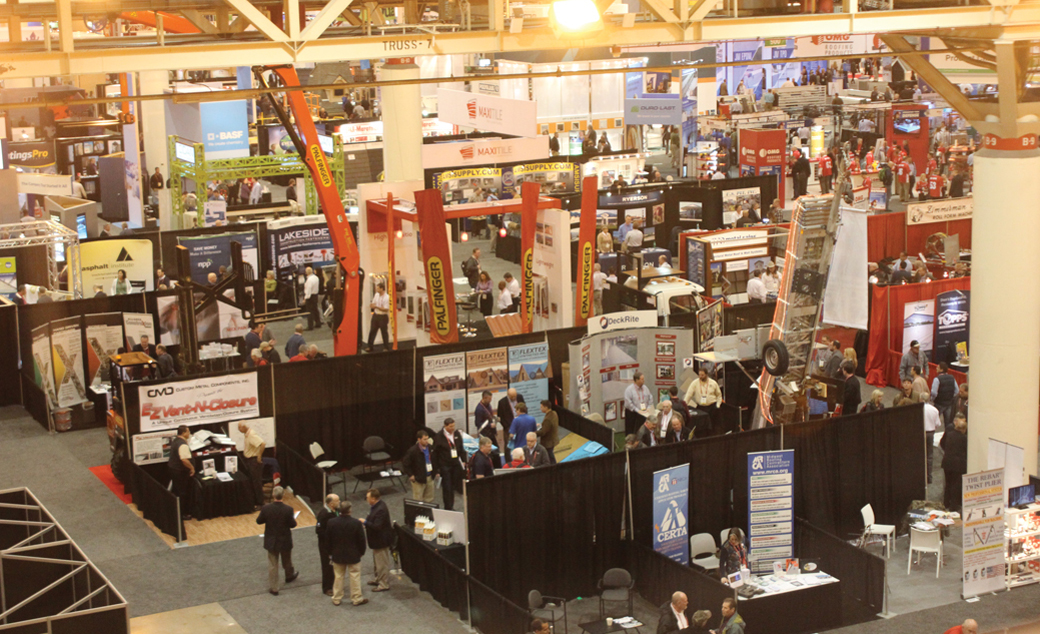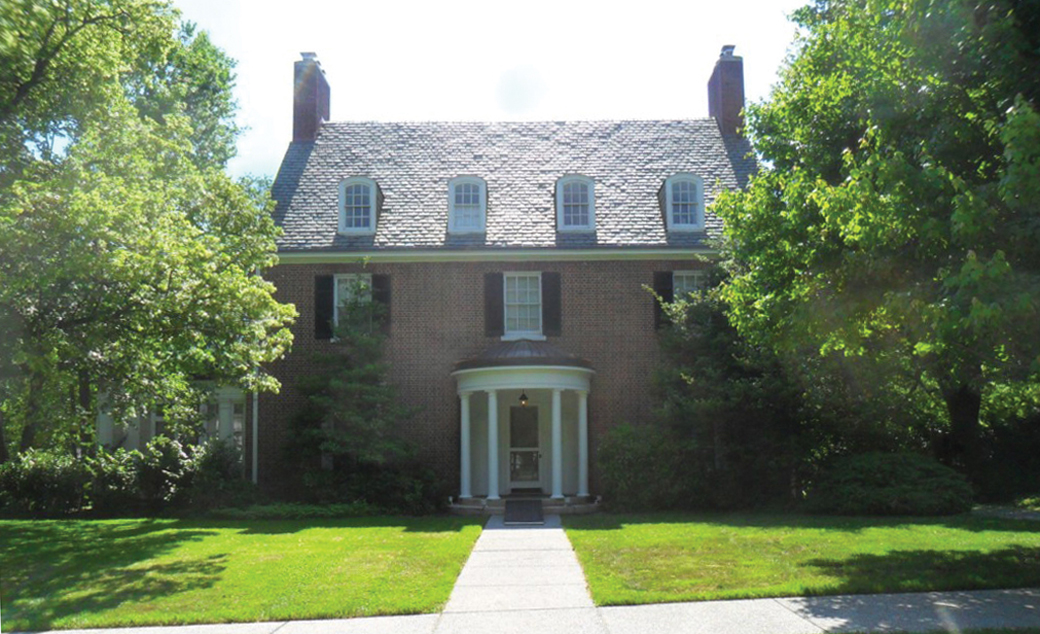Historically, we've had few reasons to celebrate new federal regulations (for all the obvious reasons). As a rule, we tend to break out in hives whenever government officials say they want to help us.
And now comes the Federal Aviation Administration (FAA) with a Notice of Proposed Rulemaking (NPRM), the first step in the rulemaking process, addressing the commercial use of drones. And dare I say it? The proposal seems downright reasonable.
Under current law, drones may not be operated for commercial purposes without an exception from the FAA, and those have been exceedingly hard to obtain. Even when an exception is granted, the drone operator must have a pilot's license. Needless to say, that combination has limited the legal use of drones for roofing-related purposes.
Under the new NPRM, there would be a straightforward process for using drones for commercial purposes, such as measuring or evaluating roofs. The drone would have to weigh less than 55 pounds; the operator would have to be certified; the drone could not operate at a height greater than 500 feet; the operator would have to maintain a line of sight with the drone at all times; and drones could only be flown in daylight.
We think there is room for improvement with the proposal. For example, we don't want to require drone operators to be on roofs to maintain lines of sight to do an assessment. And we know if a drone is to be used for infrared surveys, for example, it will need to be used after sunset. But still, we're starting from a reasonable place with a federal agency that seems to be receptive to working with prospective users. NRCA will be submitting comments on the proposal, and we're part of a broader coalition that also will be weighing in.
There is, of course, an issue here that goes beyond the proposed regulation. The issue is how the roofing industry has come to welcome—embrace, really—emerging technology. Just a generation ago, we spent nearly all our research resources trying to figure out how to make asphalt-based products work better. Now, we're talking about the integration of photovoltaics, the most effective ways to integrate a roof with a building envelope and ... the use of drones.
Who knew? Well, lots of smart people in this industry who have led its evolution knew. And one day soon, we'll be using drones to do infrared scans, reflectivity measurements and post-hailstorm assessments. It's fun to imagine all the possibilities.
Bill Good is NRCA's executive vice president.



